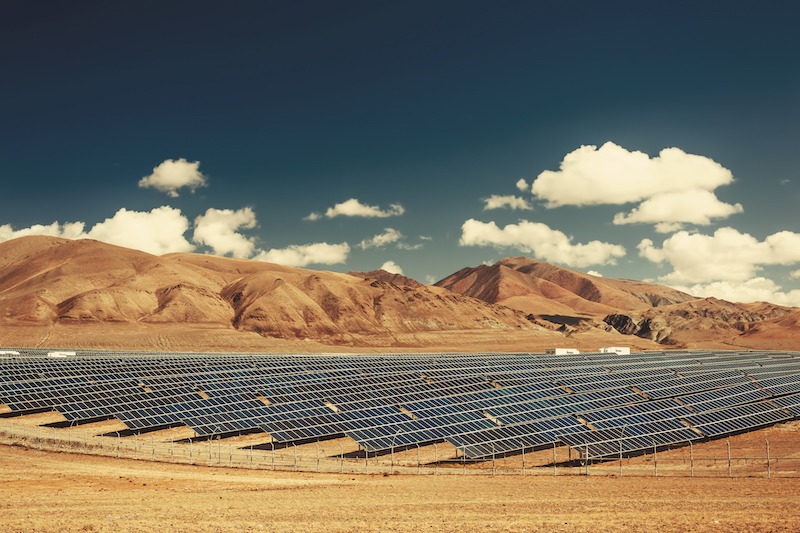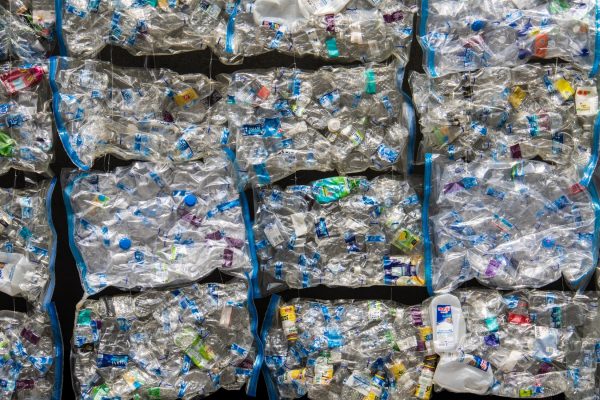Is It Affordable to Build Green?
Green

May 6, 2020, 8:38 am
By: Dr Samar Hamad
Green building is often perceived as an unaffordable building practice option owing to the misconceptions surrounding the actual cost of green buildings compared to their conventional counterparts. A green building is not just a more costly version of a conventional building and green building features are not just expensive add-ons to buildings. The U.S. Environmental Protection Agency (EPA) defines green building as “the practice of creating structures and using processes that are environmentally responsible and resource-efficient throughout a building’s life-cycle”. Within this context, two types of green buildings can be identified based on two broad approaches:
- Passive buildings: These are energy efficient buildings, in which passive design strategies are used to achieve highly efficient performance. The most commonly used features are high performance windows, energy efficient lighting, efficient heating, ventilation, and air-conditioning (HVAC) systems, low-flow water fixtures, etc.
- Net-zero buildings: These buildings generate energy equals to or exceeds the amount they consume. In other words, they have “zero” energy bills. Net-zero buildings typically rely on smart green technologies and renewable energy systems to achieve the goal.
Both green design approaches aim at developing environmentally sustainable buildings in order to reduce the negative impact of buildings on the environment, minimise waste and pollution, efficiently use natural resources (energy, water, etc.), improve the indoor environment of buildings, and ultimately achieve better building performance and ensure more sustainable future. However, both approaches also imply adding extra work to the building process and using alternative materials. Although this may sound like too much cost, the upfront expenditure associated with green building entails long-term benefits and future savings in operation and maintenance costs. In order to achieve the anticipated return from such green building investments, the green building strategies must be integrated into the early stages of the process rather than applied at the end. For instance, applying a passive design approach with high performance windows would require a smaller, less costly HVAC system, leading to lowering both initial and running costs. However, many building professionals, developers, and contractors are still questioning the affordability of green building and wondering whether the anticipated future savings actually overweigh the initial cost of green building. This post will discuss both the initial cost and anticipated savings of green building in an effort to find answers to these questions.
Cost of Green Building
The misconception about its cost is the biggest obstacle facing the green building industry. The data shows that more than 60% of people believe that the cost of green building practices and processes is considerably higher than conventional building. A study conducted by the World Business Council for Sustainable Development (WBCSD) indicates that the cost of installing green building features and technologies is significantly overestimated, as the research participants perceived that the upfront cost of a green building is, on average, 17% higher than the original cost of a similar traditional building. While according to the U.S. Green building Council (USGBC), the initial cost of a green building is only 2%-3% higher than its non-green counterpart. This is equivalent to an added cost of approximately $3.00-$5.00 per square foot, which does not seem to be extremely more expensive than conventional buildings.
Benefits of Green Building
The initial cost of adding green building features is typically offset by the savings in operation and maintenance cost, as they are designed to operate more efficiently. Numerous studies conducted in this field indicate that green buildings consume 25%-35% less energy than non-green buildings. Their operation and maintenance cost is 14% lower than their traditional counterparts. In addition, 20% of the initial construction cost of green buildings can actually be saved annually by the reduction in energy consumption. Such long-term savings in energy cost (operation and maintenance cost) offset the initial cost of installing green design features, which can lead to shorter payback period (as short as 3-5 years) to return the upfront expenditure of such green building investment (originally believed to reach up to 15-20 years). The data also shows that compared to conventional buildings; green buildings have 14% less impact on the environment and the amount of greenhouse gas emissions (GHG) from green buildings is 18%-85% lower than non-green counterparts.
However, green building offers a lot more benefits besides running cost savings. Green buildings are often considered more comfortable with healthier indoor environment and better air quality. The data shows that almost 99% of green buildings occupants are satisfied with the quality of their indoor environment compared to only 50% of conventional buildings’ occupants. Such high occupant satisfaction rates often lead to better productivity (with 33% higher scores in cognitive test compared to non-green buildings’ occupants). Numerous studies also indicate that green buildings are becoming more popular with 6% higher occupancy level and 2% higher rent, which can significantly increase the market value of green properties.
Overall, green buildings seem like a great alternative to conventional buildings with more efficient energy performance, lower utility bills, less operation and maintenance cost, healthier indoor environment, better air quality, improved productivity, and higher market value. So, does green building worth the initial cost? Do the future savings overweigh the initial cost? Is green building affordable? The answers are “YES”, “YES”, and “YES”. Green buildings can be both sustainable and affordable.
More information is available at:
U.S. Environmental Protection Agency (EPA) Website: https://www.epa.gov/greeningepa/green-buildings-epa
U.S. Green building Council (USGBC) Website: https://www.usgbc.org/
World Business Council for Sustainable Development (WBCSD) Website: https://www.wbcsd.org/










